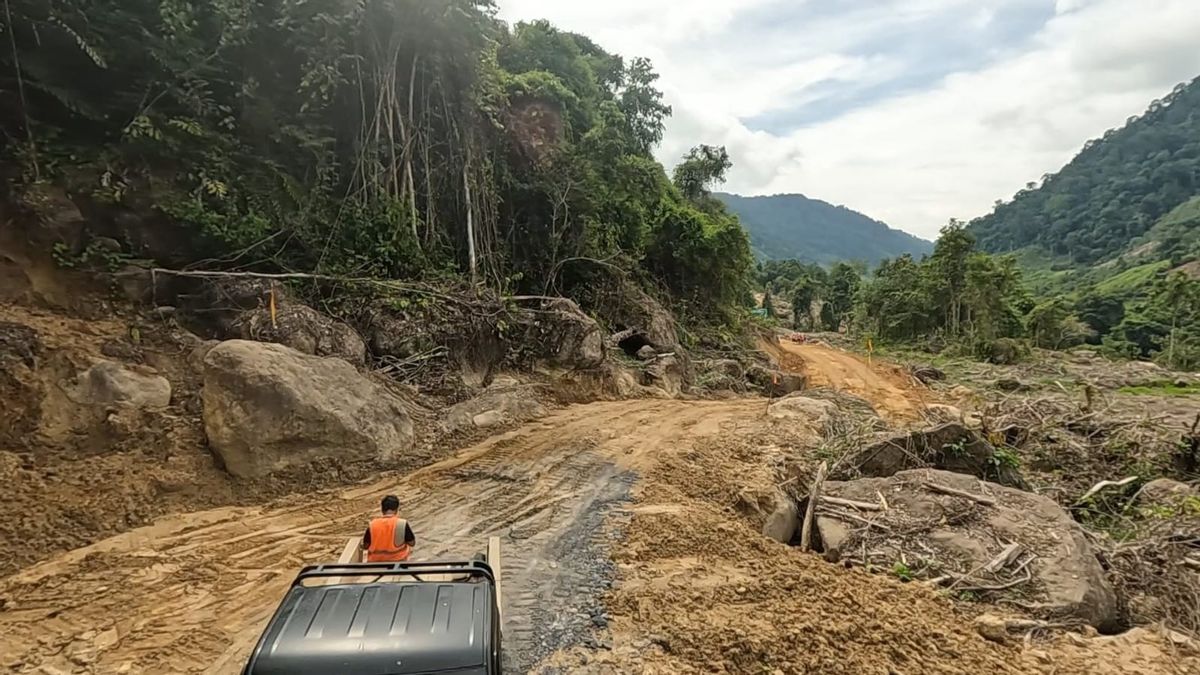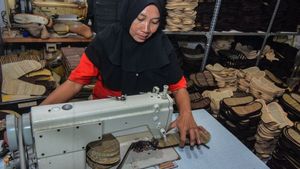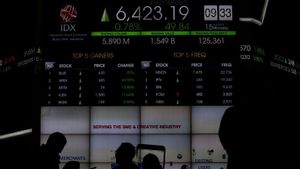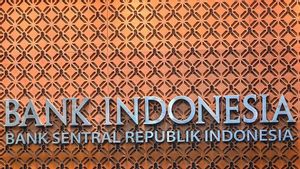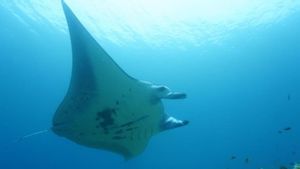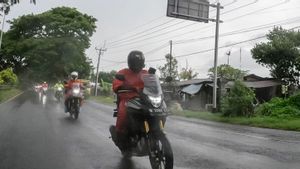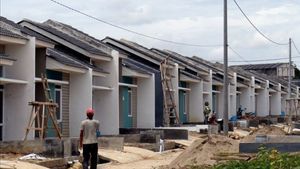JAKARTA - The construction of the Kayan North Kalimantan Hydro Energy (KHE) Hydroelectric Power Plant (PLTA) project, which has begun to run, has also collaborated with water experts and other experts to ensure that this development does not have a negative impact on the surrounding environment.
Air and Environment Expert at Mulawarman University, Mustaqim, ensured that the construction of this dam would not affect the water ecosystem and the surrounding environment.
"It doesn't (infect the ecosystem) actually. So there are natural conditions because this stagnant process will stagnate the area that used to be mainland. There is a mixture of feels and there is a pile of soil that defense has high fertility so that when inundated it will become organic material that can become plankton and eutrophicated foods", he said in Tanjung Selor, Thursday, September 1.
Mustqim added, that in the development project, the ecosystem in the Kayan river will experience changes in conditions but will not last long because it is a natural process.
Mustaqim said that later the efficacy situation would last for 6 months to 2 years but would return to its original state.
For information, Eutrophication is an environmental problem caused by phosphate waste, especially in the freshwater ecosystem.
The basic definition is water pollution caused by the emergence of excess nutrients into the water ecosystem.
"It will only last a while and will return to its original state so it will not damage the ecosystem", he said.

Meanwhile, for the fish that live in the Kayan River, Mustaqim said, the fish did not die but only went and fled a little because there was a migration to a place they thought was better and would return after the water conditions improved.
Furthermore, Mustaqim added, for the area around the water catchment area (DTA) must be re-planted of the need to minimize the risk of landslides in the dam area.
"For DTA treatment, if it is flooded, these trees will not grow. But usually, in DTA it must be planted so that landslides do not occur and so on", he concluded.
For information, the construction of the Kayan Hydro Energy (PLTA) hydroelectric plant project, which was worked on by PT Kayan Hydro Energy (KHE), has entered an expansion process such as road construction.
PT KHE Khaeroni's Director of Operations revealed that his party is working on infrastructure development in the form of road construction from the nearest PU (Ministry of Public Works) road to the Kayan 1 dam point which is approximately 12 km away.
This hydropower plant will have integrated electrical resources and become the main source of electricity for the International Industrial and Port Area (KIPI) Tanah Kuning-Mangkupa in North Kalimantan.
The PT Indonesia Strategic Industry (ISI) is the manager of the industrial area and PT Pelabuhan International Indonesia (PII) is the developer of international ports to support industrial areas.
For information, the Kayan Cascade hydropower plant built by PT KHE utilizes an area along the Kayan river and consists of 5 dams with 5-6 units of generating turbines for each dam.
The first stage of the hydropower plant Kayan Cascade has a capacity of 900 Megawatt (MW), the second stage is 1,200 MW, the third and fourth stages are 1,800 MW each, and the fifth stage is 3,300 MW.
The English, Chinese, Japanese, Arabic, and French versions are automatically generated by the AI. So there may still be inaccuracies in translating, please always see Indonesian as our main language. (system supported by DigitalSiber.id)
